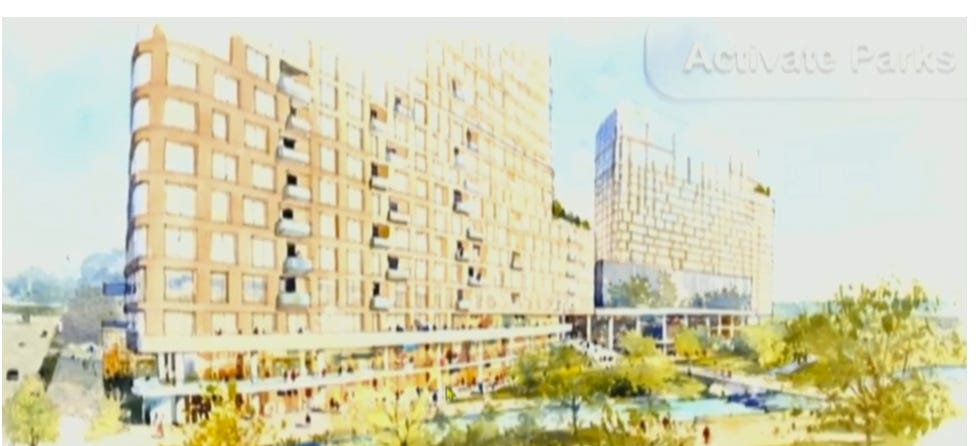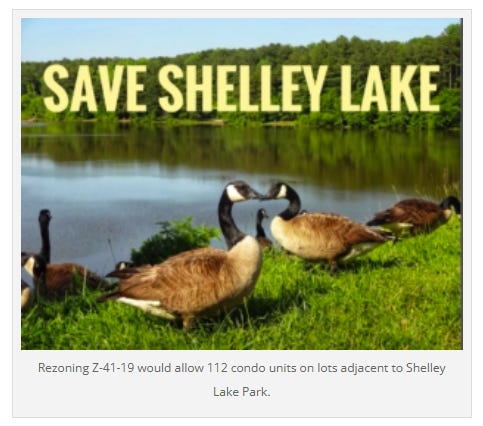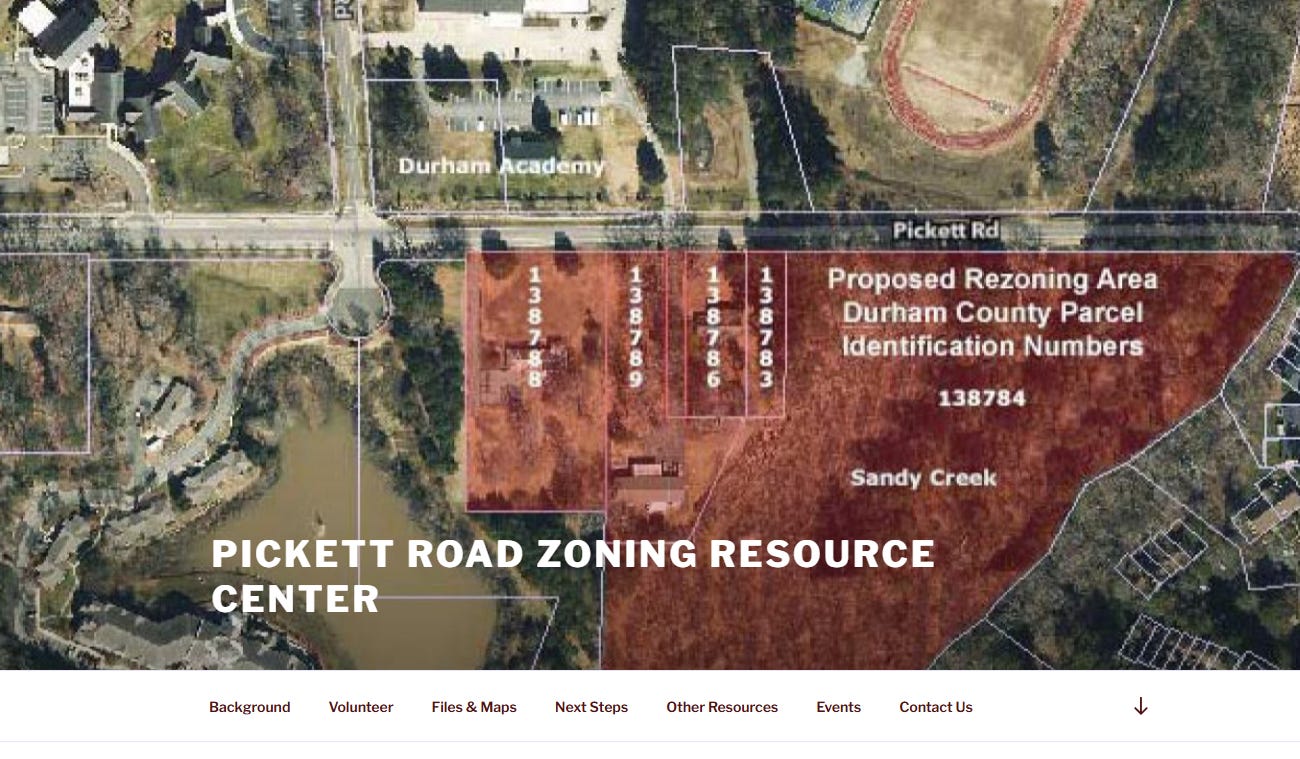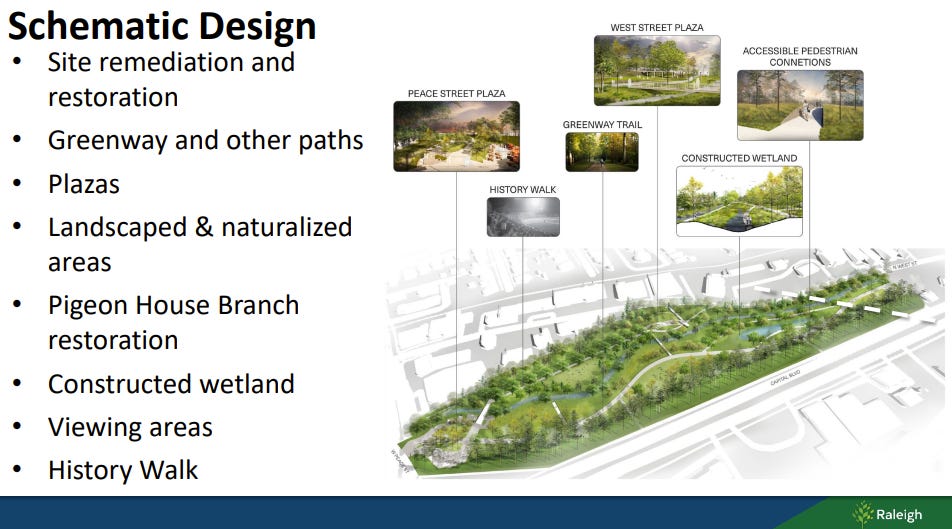Apartments Belong Near Parks
People claim apartments harm parks, but the truth is parks become better when more neighbors can live beside them
We don’t have to choose between parks and housing, between green space and density. Building apartments next to parks is exactly how we make sure both flourish.
Parks are public commons. Parks are not private backyards for the lucky few who can afford houses on the edge. Their true value comes when many people live within walking distance, when a steady flow of neighbors keeps them lively and safe, when the sidewalks leading in are just as busy as the trails inside.
“You can neither lie to a neighbourhood park, nor reason with it. ‘Artist’s conceptions’ and persuasive renderings can put pictures of life into proposed neighbourhood parks or park malls, and verbal rationalizations can conjure up users who ought to appreciate them, but in real life only diverse surroundings have the practical power of inducing a natural, continuing flow of life and use.”
Jane Jacobs, The Death and Life of Great American Cities
Yet this same argument keeps coming back: that apartments threaten parks.
Do apartments threaten parks?
Every few years, we hear it from neighbors protesting developments. Inevitably someone claims that green space can only be “protected” if we keep density away. Sometimes the language is about preserving views. Sometimes it’s about trees or birds, shadows or neighborhood character.
The thing is, there’s an underlying bias in those protests that’s always the same, they are really saying that people in apartments don’t deserve to live right next to the park. Because when you protest an apartment building, you are really protesting against the new people who will live in it. This isn’t a new idea. It just gets repackaged over and over to fit the politics of a particular neighborhood. We’ve seen this playbook surface in Raleigh at Shelley Lake, in Durham along Sandy Creek, and now again on Peace Street in downtown Raleigh. The storyline shifts, but the purpose stays the same.
We saw this a few years ago during a rezoning next to Shelley Lake. Neighbors mobilized against proposed apartments, warning that new buildings would overwhelm the park and ruin the experience of open space. The neighbors literally petitioned to “Save Shelley Lake” But new apartments won’t make the lake trail less beautiful or the playground less fun. What the fight really revealed was an underlying bias that renters shouldn’t have the same access to lakeside green space that single-family homeowners already enjoyed. The opposition framed it as protecting nature, but the subtext was about exclusivity.
Luckily, the Raleigh City Council at the time passed the rezoning, understanding the need to add more housing throughout the City.
Earlier this year in Durham, the same storyline reappeared with a twist. An environmental group, the New Hope Bird Alliance, stepped in to assist neighbors to protest a rezoning case on Pickett Rd. Neighbors made an entire website against this case, arguing that since the new apartments were next to Sandy Creek and Sandy Creek Park the new buildings would damage the natural corridor and wildlife habitat. On the surface, this sounds like environmental protection, however using environmental language to exclude neighbors is still exclusion. And Sandy Creek Park is already a protected greenspace. The apartments are proposed for the property next to the park.
Luckily, the Durham Council passed the rezoning (just 4-3), understanding the need to add more and denser housing throughout the City.
Apartments belong next to parks. Pairing density with green space is how we protect more nature, not less. Read more on how we encourage sprawl without meaning to.
The latest debate
Now we’re watching the same narrative unfold in downtown Raleigh on Peace Street. The rezoning case Z-12-25 is in front of Council again on October 7.
Read the details of the case here
and sign up here to speak at the public hearing.

This site, between West Street and the planned Smokey Hollow Park, is exactly where apartments belong: in downtown Raleigh, beside a new park, across the street from a grocery store and along the planned Northern BRT route. The proposal would add over 900 apartments, new retail, and new office space in a walkable district that already includes apartments and daily services. This is exactly the type of increased density Raleigh needs to support its housing, climate, and transit goals. The park itself is under design to become a central green space for downtown and environmental restoration project for Pigeon House Branch.
Public investments in the park, BRT, and other infrastructure are signals to private developers to add density here. The long-term success of public investments rely on adjacent private development adding places to live, eat, and work. It strengthens Raleigh’s tax base, supports bus and bike investments, and comes with a $1.2 million affordable housing commitment too.
Opponents have organized a website and yard signs to protest the rezoning, repeating the familiar arguments about height, shadows, and neighborhood character. But the facts are clear: the site is separated from nearby houses by a street, a row of commercial buildings, and a railroad corridor. And Raleigh’s own professional planning staff have found the proposal consistent with the Comprehensive Plan and Future Land Use Map. These arguments against the Peace Street apartment building rezoning are just the same script rewritten for downtown, while the benefits of new housing and a vibrant park are real and urgent.
The lesson across all three cases is clear.
The anti-housing argument doesn’t really change, it just rebrands. At Shelley Lake it was obstructed views. In Durham it was birds. On Peace Street it’s height and shadows. As Jerusalem Demsas describes at length in her book, On the Housing Crisis, arguments about shadows and neighborhood character are really just thinly veiled excuses for exclusion. They worked for decades to keep new neighbors out, and now the people who relied on them are angry that those arguments are losing their power.
Underneath, the bias is the same. Opponents think that apartments don’t belong next to parks.
In truth, apartments belong next to parks. Parks are for the public, not just for those who already own homes beside them. That’s how we make sure green space is accessible to everyone, not just homeowners lucky enough to already live next door. Apartments beside parks mean more families walking instead of driving, more people keeping watch, more children playing, more life in the space. Apartments don’t ruin parks. They make parks thrive.
A park surrounded by neighbors is a success story.
If we care about both housing and green space, then we need to say so. Loudly, publicly, and without apology. The louder voices in most rezoning cases are still saying no. If we want a Raleigh and Durham where everyone has a home and room to grow, we have to show up and say yes. Apartments belong near parks.
Your voices are needed to ask Raleigh City Council to say yes too.
Sign up here to speak in support at the public hearing Oct 7 or just come wearing GREEN to show Council that people watching support the case too.
Jenn Truman is a young designer, leader, and advocate based in Raleigh, she is embedded in the local community through both her professional and volunteer work. Jenn is a regular contributor and Founder of CITYBUILDER.




